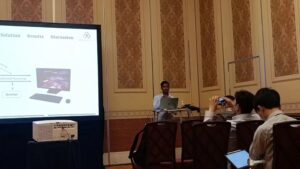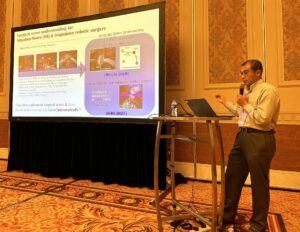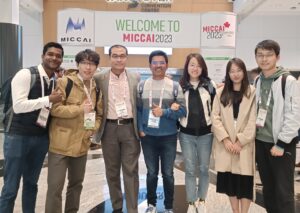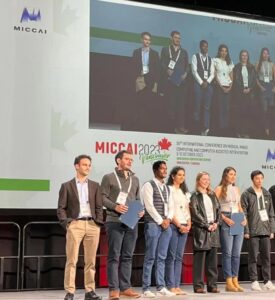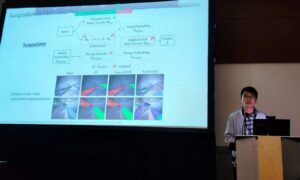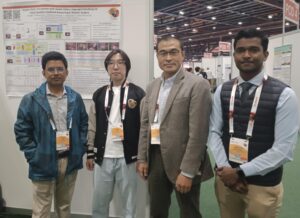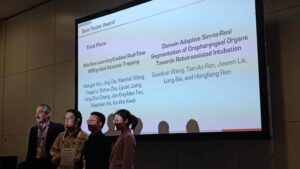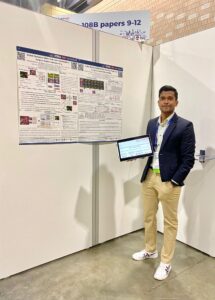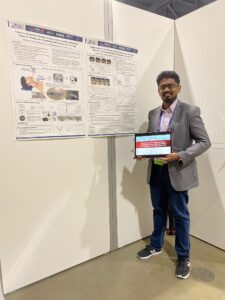Congratulations to Beilei and Mobarakl for the paper “Surgical-DINO: Adapter Learning of Foundation Models for Depth Estimation in Endoscopic Surgery, (Beilei Cui, Mobarakol Islam, Long Bai, Hongliang Ren) Shortlisted for competing for the IPCAI2024 Best Paper Award and long presentation at IPCAI2024 Barcelona, Spain.


The International Conference on Information Processing in Computer-Assisted Interventions (IPCAI) is one of the most important venues for disseminating innovative peer-reviewed research in computer-assisted surgery and minimally invasive interventions. Now in its 15th year, IPCAI is an interdisciplinary conference that attracts clinicians, engineers and computer science researchers from various backgrounds, including machine learning, robotics, computer vision, medical imaging, data science, and sensing technologies. IPCAI fosters connections and showcases high-quality research in a unique and focused two-day event. The conference is formatted specifically to actively engage the attendees.
The IPCAI was held between June 18-19 2024 in conjunction with the Computer-Assisted Radiology and Surgery (CARS) Conference in Barcelona, Spain.








